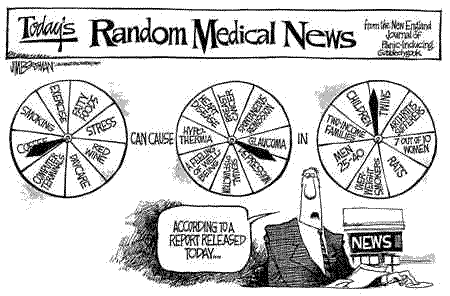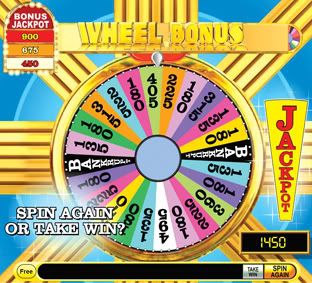 I have always felt that writing wasn't my strongest suit. My mother always said that I was a good writer, but I felt part of that was just encouragement for me. In taking this class I have been able to realize some of the problems I have with writing, and been able to improve on them slightly. I also feel that my attitude, and approach to writing has changed quite a bit too.
I have always felt that writing wasn't my strongest suit. My mother always said that I was a good writer, but I felt part of that was just encouragement for me. In taking this class I have been able to realize some of the problems I have with writing, and been able to improve on them slightly. I also feel that my attitude, and approach to writing has changed quite a bit too.One problem I've always had, and still do, is organizing my thoughts. I tend to jump around a lot in my writing. An example of this, from some of my earlier writing is as follows:
"The main tool bar lets you search by ailment. There is also a search bar to just type in what you're looking for. And, like other websites, it has hyperlinks to different areas; and a subtle background to make it easier to read. Also, it has a lot of ads, and who can have a website with out ads?" (A Well Rounded Website) This is a lot of information to cram into four sentences. I didn't take much time to explain one point before I jumped to my next thought. This can lead to much confusion in the reader.
I do feel that I still have some trouble with organizing my thoughts, but it has improved a lot since the beginning of the semester. My last writing is a good example of my improved organization:"This cartoon uses both images and words to push this point. There are many ways that words alone emphasize the author's point. The most obvious is the title: "Today's Random Medical News". This tells you that the author feels that the medical news being released is basically pulled out of a hat. The subtitle on the right-hand side is a use of symbolism and parody. It is making fun of The New England Journal of Medicine, a prominent journal of new findings in the medical field that is commonly used as a reference for medical reports in the news today. The subtitle states that it is a journal of "panic-inducing goobledy-gook." Without the proper medical training that is exactly what it can be." (The Trouble with the News and Medicine) In this example you can see how each idea is thoroughly explained before I jump to the next point. I feel this makes it much easier for the reader to understand and follow.
Another problem I realized that I had was my choice of words. I tend to write how I speak, and depending on the audience, you could use a lot of credibility in doing this.
"Yesterday I took my friend to the Fish Den to get some new fish for her 55-gallon tank. One of the fish she got is one of the coolest fish I've seen. It is a rope fish, erpetoichthys calabaricus, a fresh water fish from Africa. It looks like a cross between an eel and a snake." (The Rope Fish)In this example I use the word "coolest", which is more of a childish word. In looking back I feel that I could have used a more refined word in it's place. I also used the analogy of " a cross between an eel and a snake." I feel that if I wrote this now I would put more time in describing the real animal, rather than just associating it with other animals. In later posts I found myself using a much better choice of words, and more description. For example: "But when you look closer you see that the woman is holding her stomach, and leaning over a toilet bowl. Also the vertebrae in her back are very pronounced, and some of her ribs are showing; it is a woman with bulimia. When you think about this, you can see how they are using pathos to pull at your emotions about a trouble in the world today." (Spoof Ad)
I can not give myself all the credit in my improvements in writing. Besides just following the requirements for the assignments, I feel that the way in which the class is set up helped me the most. One thing that definitely influenced the change in my writing is the peer review and the teacher feedback. In having people read my papers, and more importantly tell me what they taught, helped me get a much better perspective on my writing. Also in doing comments on other people's posts has helped me look at things I read in a different way, as our handouts put it "reading like a writer."
I feel that this class has improved the way that I look at writing too. I used to dread writing a paper, but now that I have different ways to organize and express my thoughts, I'm not so scared. I have even found myself having friends read my papers for other classes before I turn them in. I have learned that to find and understand your audience is one of the most important things to do.


